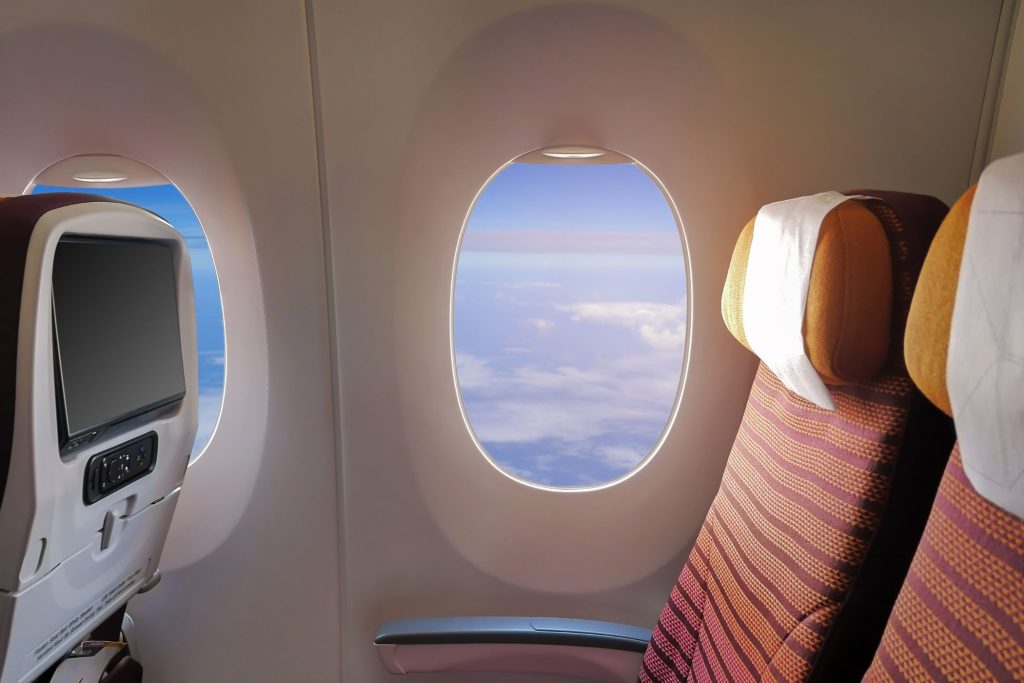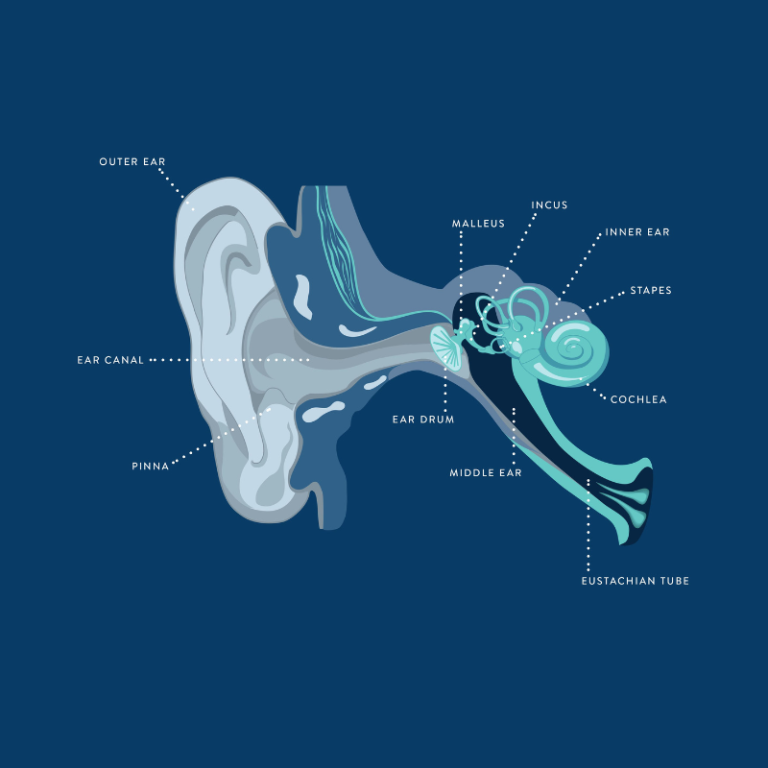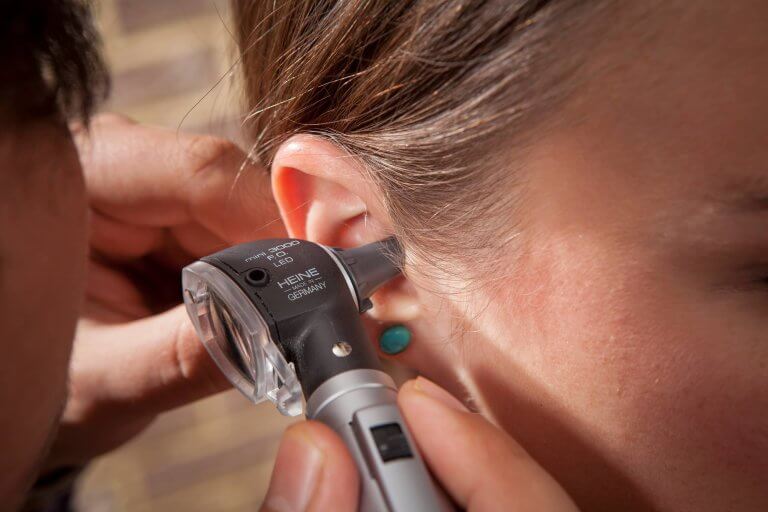Causes
As we’ve mentioned, airplane ear is caused by an imbalance between the pressure in the middle ear and the surrounding environment. It typically happens when there is a rapid change in air pressure, such as when the airplane ascends or descends. The eustachian tube (ET) often can’t react fast enough, which causes the symptoms. Swallowing or yawning helps to open the ET and allows the middle ear to get more air, equalising the pressure.
Despite its name, airplane ear isn’t just limited to just aircraft. It can be caused by any change in pressure including.
- Scuba diving
- Driving in the mountains
- Elevator rides in tall buildings
- Riding a speeding train through a narrow tunnel
- Hyperbaric oxygen chambers
- Explosions nearby, such as in a war zone




